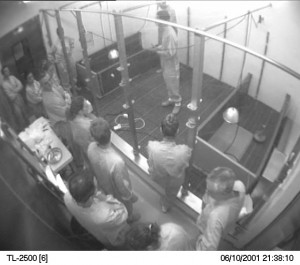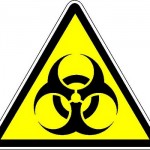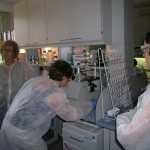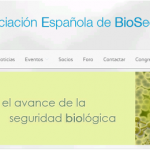IRTA-CReSA collaborates with the Course on Biosafety and Biocontainment strategies, from the UAB

The latest edition of the Postgraduate Course in Biosafety and Biocontainment strategies, which took place on the campus of the Universitat Autònoma de Barcelona (UAB), between October the 3th and 7th has included the collaboration, as in previous editions, of IRTA-CReSA staff. This fifth edition definitely consolidates this “veteran” graduate course in biosafety and biocontainment as a benchmark for training in biosafety and biocontainment in Spain, as it has been fully booked and has left some applicants on the waiting list for the next edition. It is a symptom of the growing interest that these issues have among students, or those people simply interested in the various life sciences fields.
The agenda is very diverse: Introduction to biosafety regulations, introduction to risk assessment and management; risk control (or installation engineering controls, organizational or procedural, or use of personal protective equipment); response to biological emergencies; waste management; transport of biological material; continuing education in biosafety, etc. Trainers, quite similar to previous courses, are full-experienced and they manage an already tuned program, but each year new issues or approaches are incorporated into the script, includes teachers from IRTA-CReSA, with communications as Biorisk management program in the laboratory UNE-CWA 15793-2013, or Donning and safe doffing of personal protective equipment by Xavier Abad, or Facilities design for small and large animal. Biocontainment equipment and facilities. Specific practices, by Mariano Domingo.
The course also had some practical sessions and a long tour (about 4 hours) into a high biosafety level facility, IRTA-CReSA, Centre for Research in Animal Health, where they were able to “see and touch” many of the elements previously explained regarding biosafety and biocontainment. This visit, which is exceptional in this type of facility, and a clear added value of this course, was conducted by David Solanes as Head of Technical Services and Xavier Abad, as Head of Laboratories and Biosafety Officer. Eleven students were able to enter, subject to the usual routines of the centre, and see the details of the operation and arrangements of all critical systems and barriers systems of the Biocontainment Unit even visiting an experimental box where they checked the modularity and flexibility of the facility.
An enriching experience for everyone, trainers and students. IRTA-CReSA will always be committed to that training to increase awareness and interest in issues related to biosafety, biocontainment and biosecurity.
IRTA-CReSA’s biocontaiment level 3 unit, together with that of CISA-INIA, are part of the RELASB, a network of high security laboratories which is part of the Unique Scientific and Technical Infrastructure map (ICTS) in Spain.














